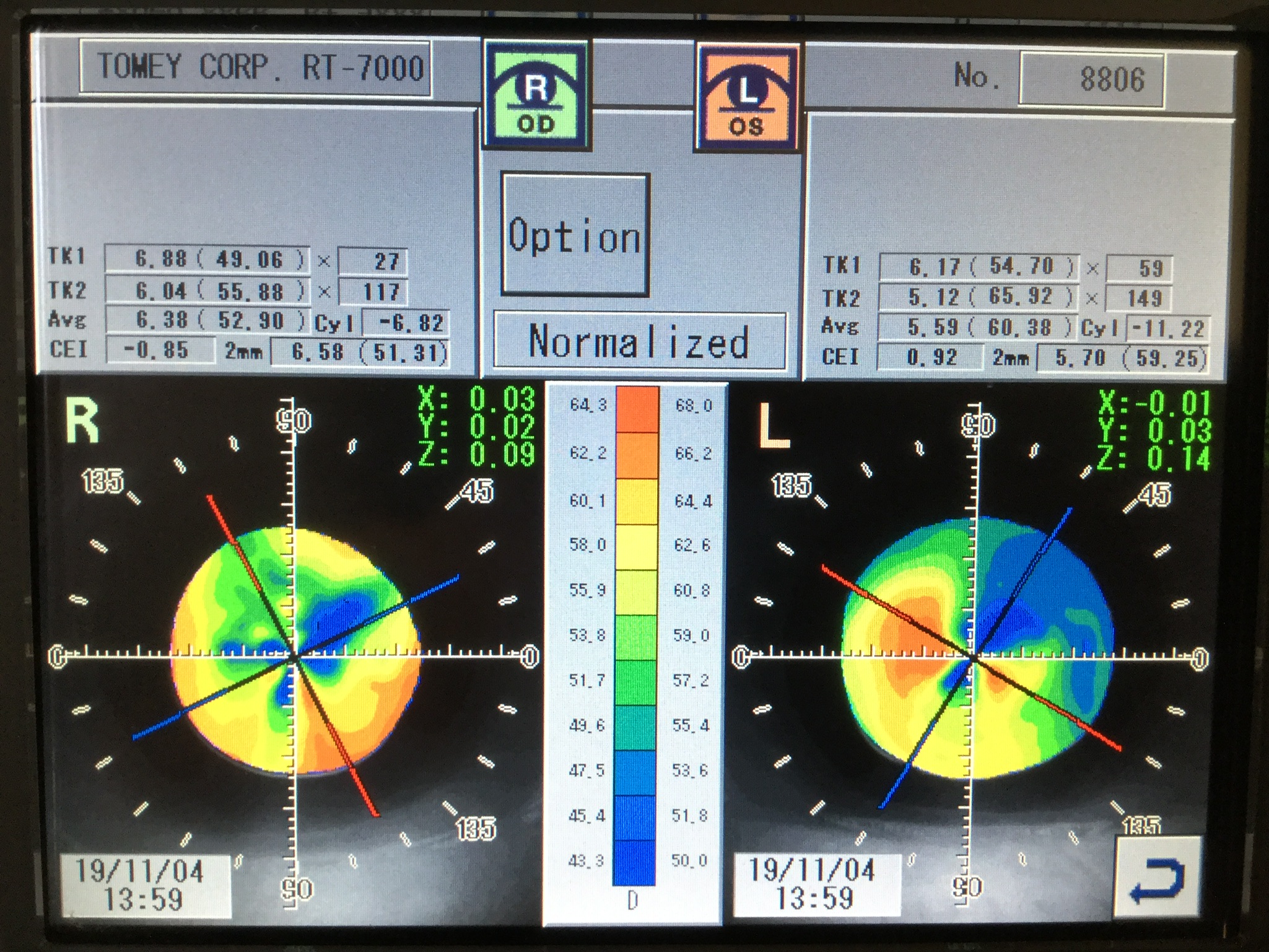Dr. Collins shares how the sMap3D™ helped him fit comfortable, secure Latitude scleral lenses for a patient with double vision who had not had good experiences with scleral lenses in the past.
“The patient said to me, ‘Typically, it takes about 12 visits to get my lenses; you did it in three,’” said Dr. Collins.
The Visionary Optics team spoke with Ross Collins, OD, MS, from Collins Vision Care in Vandalia, Ohio, about how the sMap3D™ has improved the speed and efficacy of fitting lenses for patients with complex vision challenges. He bought the sMap3D™ after becoming frustrated with the process of inserting diagnostic lenses and re-evaluating clearances several times at initial visits.
“My favorite aspect of the sMap3D™ is how precise this instrument is,” said Dr. Collins. “It allows me to find the best fitting lens much sooner.”
Learn how Dr. Collins used the sMap3D™ to fit a patient for scleral lenses that allow him to enjoy activities he hasn’t done in decades.
The Challenge
A corneal specialist referred a local fire chief to my office to get new specialty contact lenses. The patient’s main complaints were of ongoing double vision and a “prism” effect in his vision when wearing sopercone corneal gas-permeable lenses. He had been wearing this style of lenses for many years and was reluctant to try anything new, as he said he’d had poor experiences with other designs, including sclerals and hybrids.
The Solution
After we discussed the newest technology available to him with the sMap3D™, the patient agreed to return to our office on the initial day of installation and training and participate as one of our first patients. That day went very smoothly, and he was fit into a 53.25 diopter base curve Latitude scleral lens for his right eye and a 58.00 diopter base cure Latitude scleral lens for his left eye.
The patient’s follow-up appointments consisted of teaching him proper insertion and removal techniques of scleral lenses, as well as two sphere and cylinder power changes of the lenses to achieve the best visual acuity.
The Results
The patient said to me, “Typically, it takes about 12 visits to get my lenses; you did it in three.” He was so pleased with the overall comfort and security of the Latitude sclerals. He commented that his previous corneal gas permeable lenses would fall out if he were to make quick lateral eye movements, which kept him from enjoying some recreational activities. With his new Latitude sclerals, he smiled and said that he was going to ride a roller coaster for the first time in 30 years.
This patient case demonstrates that even previously challenging cases, including patients who didn’t adapt well to other scleral lens, can be good candidates for Latitude lenses with the assistance of free-form custom mapping with the sMap3D™.









